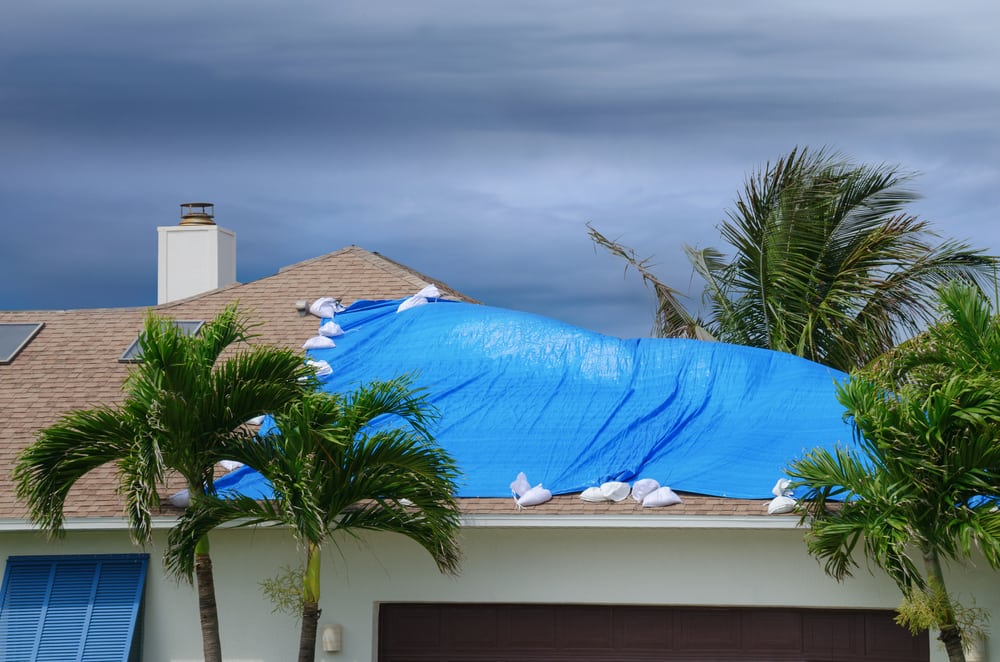Living in Charlotte means enjoying beautiful greenways, thriving neighborhoods, and Southern charm—but it also means being prepared for the risk of flooding, especially during hurricane season. If you’re a homeowner or potential homebuyer in the Queen City, understanding Charlotte’s flood zones is essential to protect your home, your finances, and your peace of mind.
What Are Flood Zones, and Why Do They Matter?
Flood zones are geographic areas defined by the Federal Emergency Management Agency (FEMA) to identify the likelihood of flooding in a particular region. These zones influence everything from flood insurance requirements to building codes and disaster preparedness.
In Charlotte, where urban development intersects with creeks and streams, flood risks are a real concern. According to Charlotte-Mecklenburg Storm Water Services, nearly 10% of properties in Mecklenburg County are in regulated floodplains.
FEMA Flood Zone Categories
Here’s a quick breakdown of common FEMA flood zone designations:
- Zone AE: High-risk areas with a 1% annual chance of flooding. Homes in this zone usually require flood insurance.
- Zone X (shaded): Moderate risk with a 0.2% annual chance of flooding.
- Zone X (unshaded): Minimal flood risk. Insurance is not typically required, but still recommended.
Want to know your flood zone? Use the FEMA Flood Map Service Center to enter your address and view your property’s risk.
Charlotte’s Unique Flooding Challenges
Charlotte’s rapid growth, clay-heavy soil, and abundance of creeks contribute to urban flooding, even outside traditional flood zones. Flash floods from summer storms or hurricanes like Hurricane Florence in 2018 have caused significant water damage across the city—including areas many thought were “safe.”
Local creeks like Little Sugar Creek, Irwin Creek, and McAlpine Creek are particularly flood-prone during heavy rainfall. That’s why understanding Charlotte’s flood zones isn’t just a box to check—it’s a crucial part of being a responsible homeowner.
How to Protect Your Property
Whether you live in South End, University City, or Ballantyne, it’s important to take steps to protect your property from water damage:
1. Know Your Zone
Start by visiting the Charlotte-Mecklenburg Floodplain Map to see if your home is in a floodplain. This local tool is often more detailed than FEMA’s national database.
2. Consider Flood Insurance
Standard homeowners’ insurance does not cover flood damage. If your property is in or near a flood zone, purchasing separate flood insurance through the National Flood Insurance Program (NFIP) is wise—even if it’s not required.
3. Perform Regular Maintenance
Clean gutters, inspect sump pumps, and seal foundation cracks. These small tasks can prevent big problems when the next storm hits.
4. Call a Local Restoration Expert
If your home has experienced flooding or water damage, professional help is a must. At PuroClean of Charlotte, we specialize in flood cleanup, water damage restoration, and mold remediation. We’re available 24/7 to get your home back to normal, fast.
What Homebuyers Should Know
If you’re shopping for a home in Charlotte, don’t skip the flood risk evaluation. A dream house could become a financial nightmare if it’s in a high-risk zone and you’re unprepared.
Ask your realtor or lender for a flood zone disclosure, and factor flood insurance costs into your budget. Even if the home isn’t in a floodplain, past flooding or proximity to creeks could still pose a risk.
Final Thoughts
Understanding Charlotte’s flood zones isn’t just about maps—it’s about peace of mind. Whether you’re a long-time resident or new to the area, taking proactive steps today can save you thousands in repairs and protect your biggest investment: your home.
If you need help assessing flood damage or want expert advice on water prevention, don’t hesitate to contact PuroClean of Charlotte. We’re your neighbors, and we’re here to help.
Related Resources:

 PuroClean Water/Mold/Fire Damage Experts
PuroClean Water/Mold/Fire Damage Experts